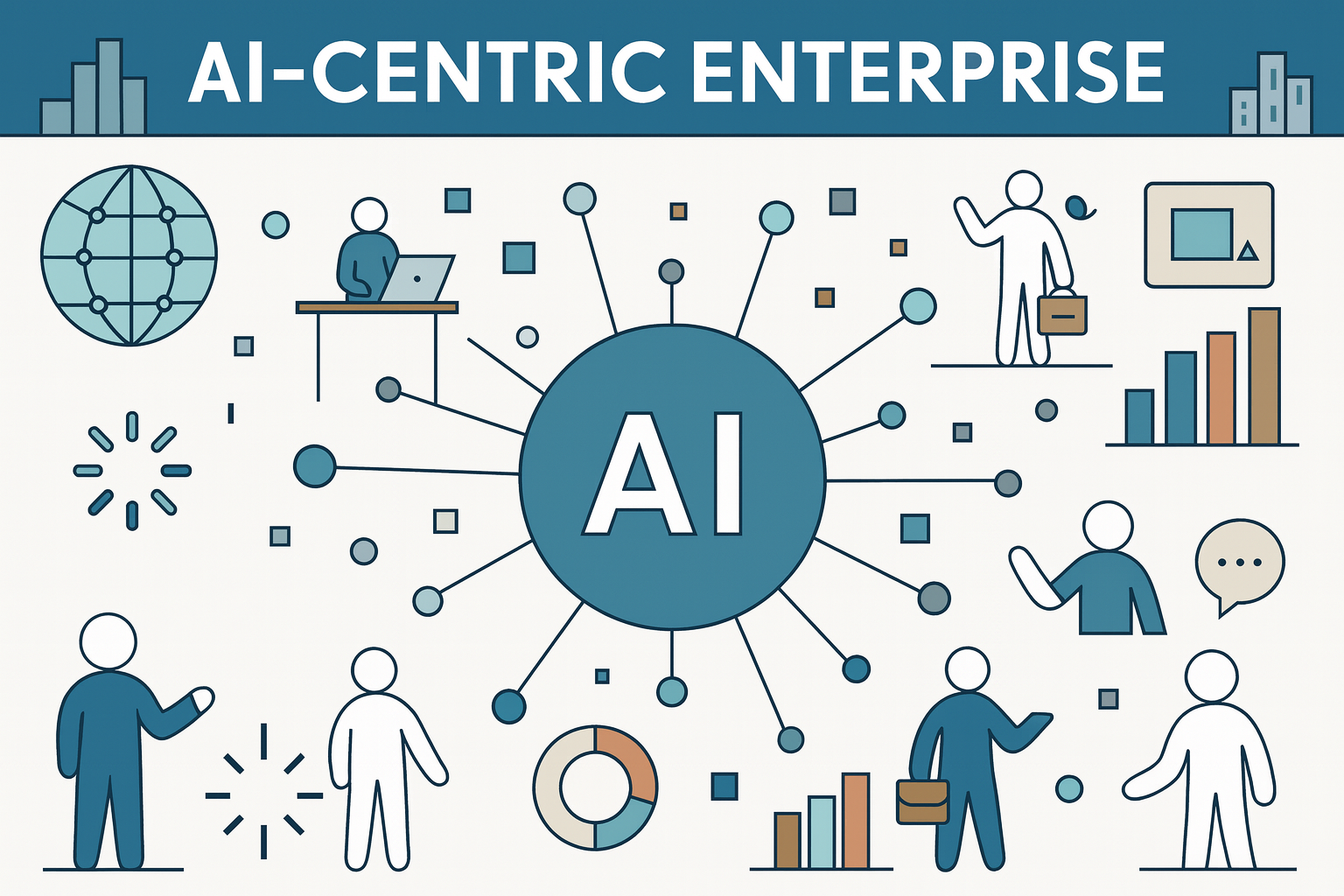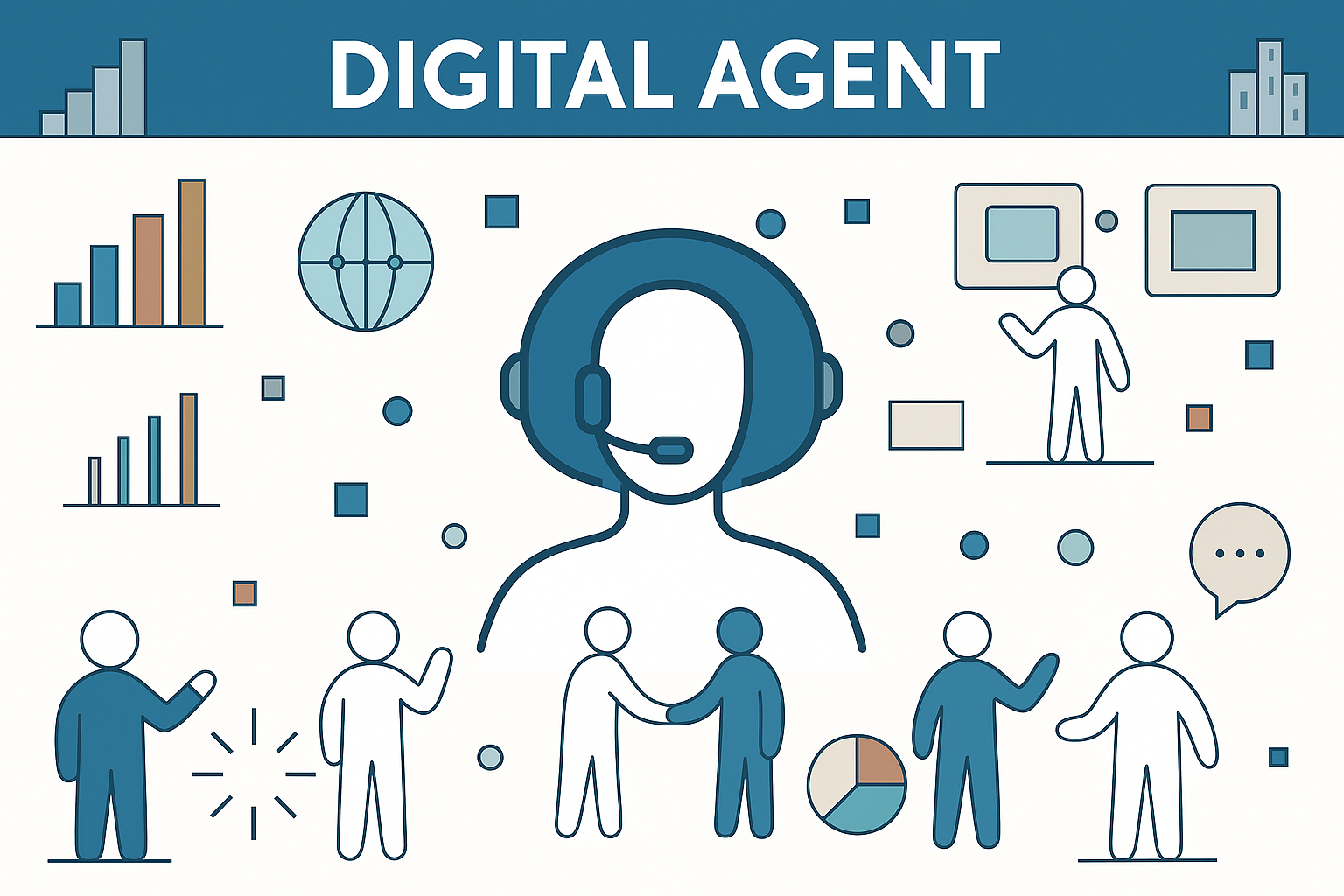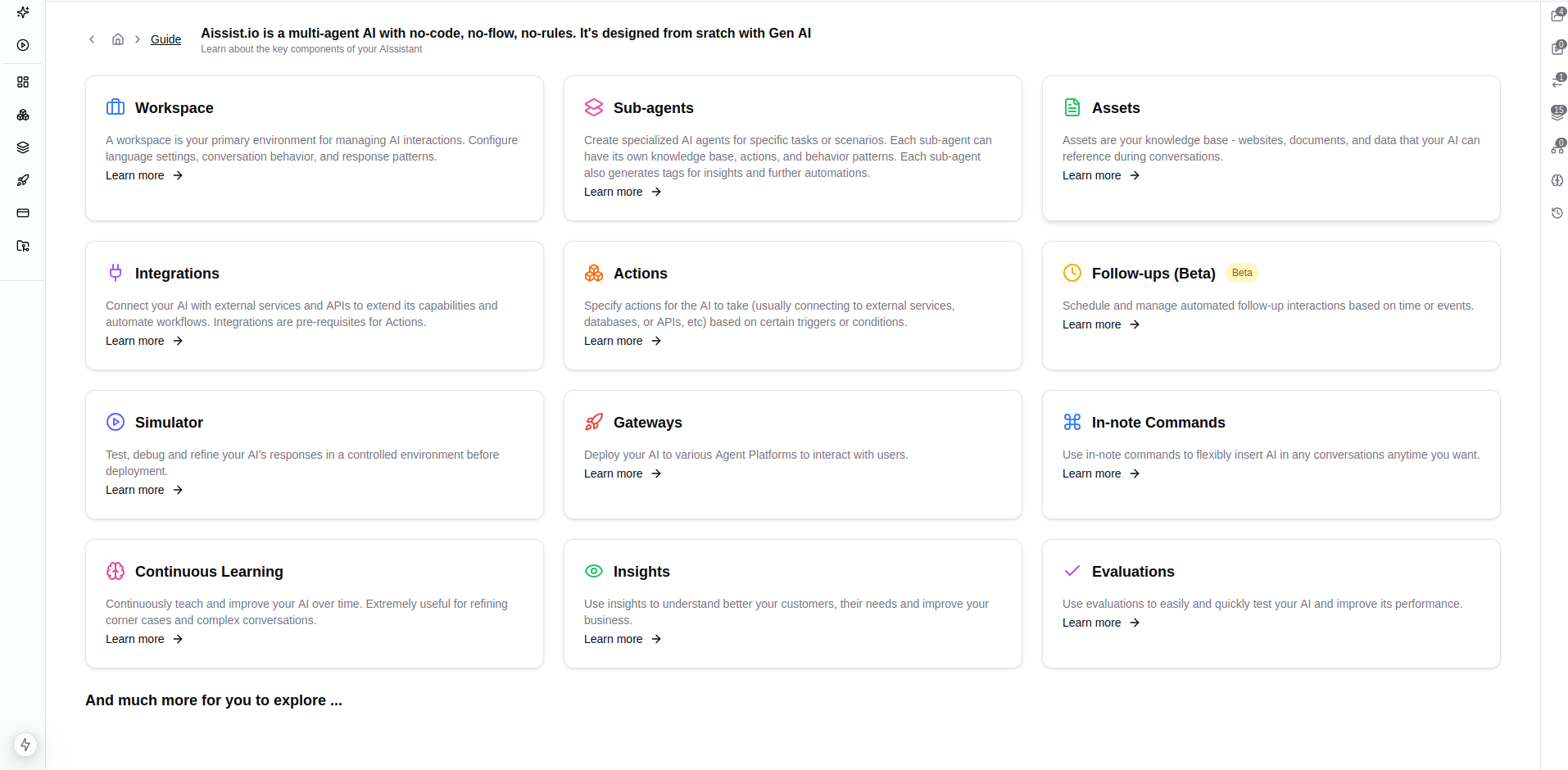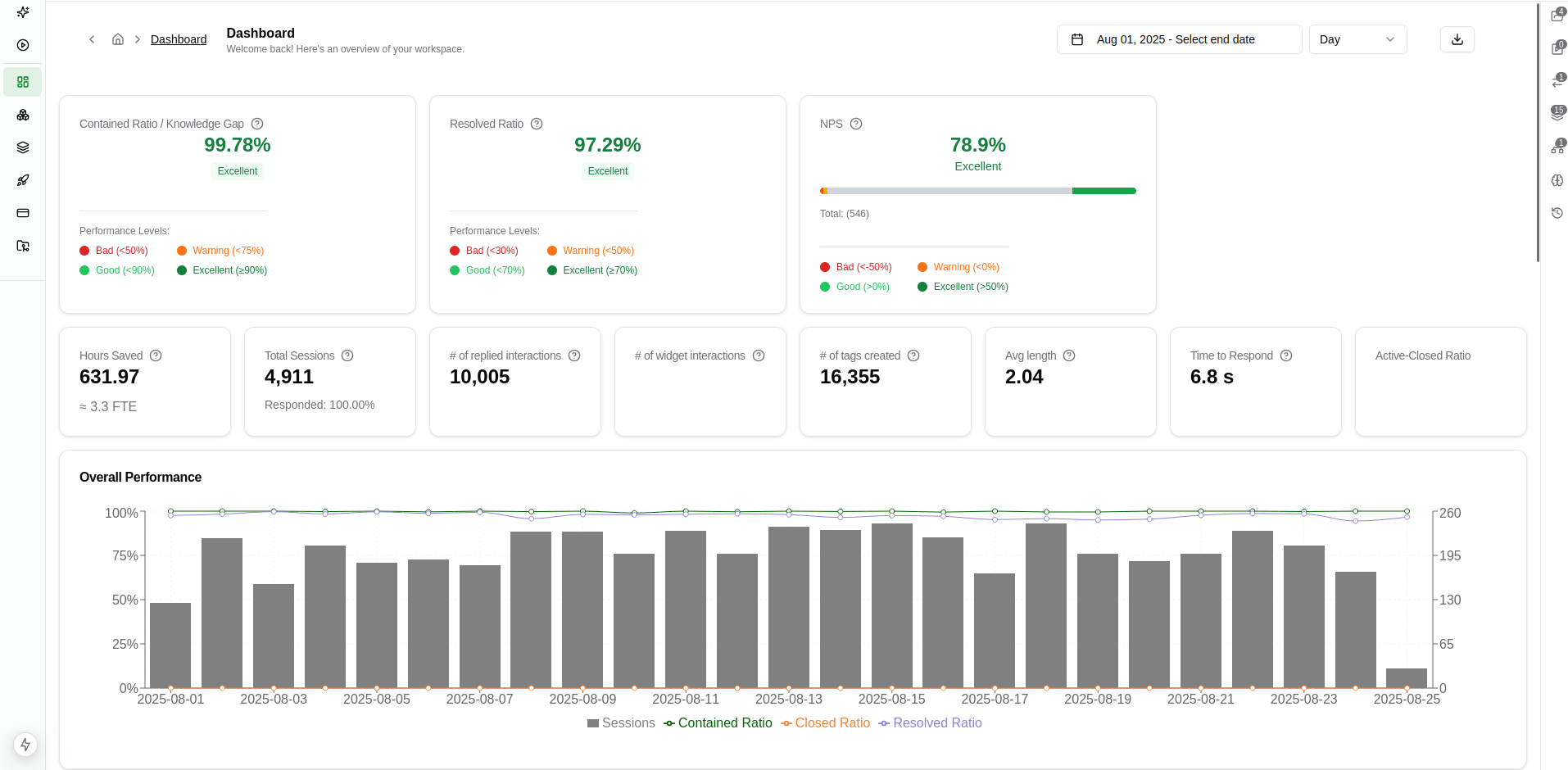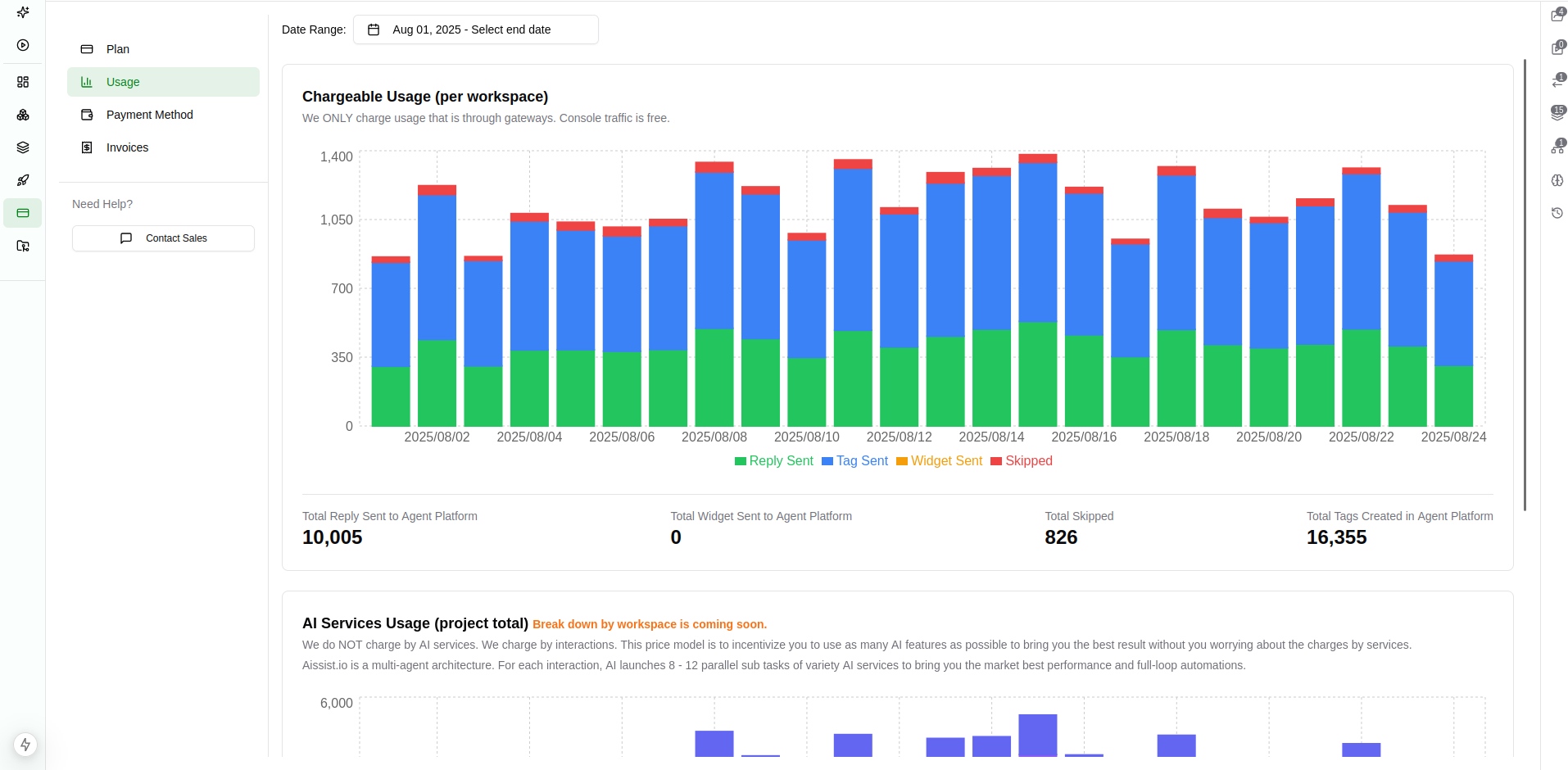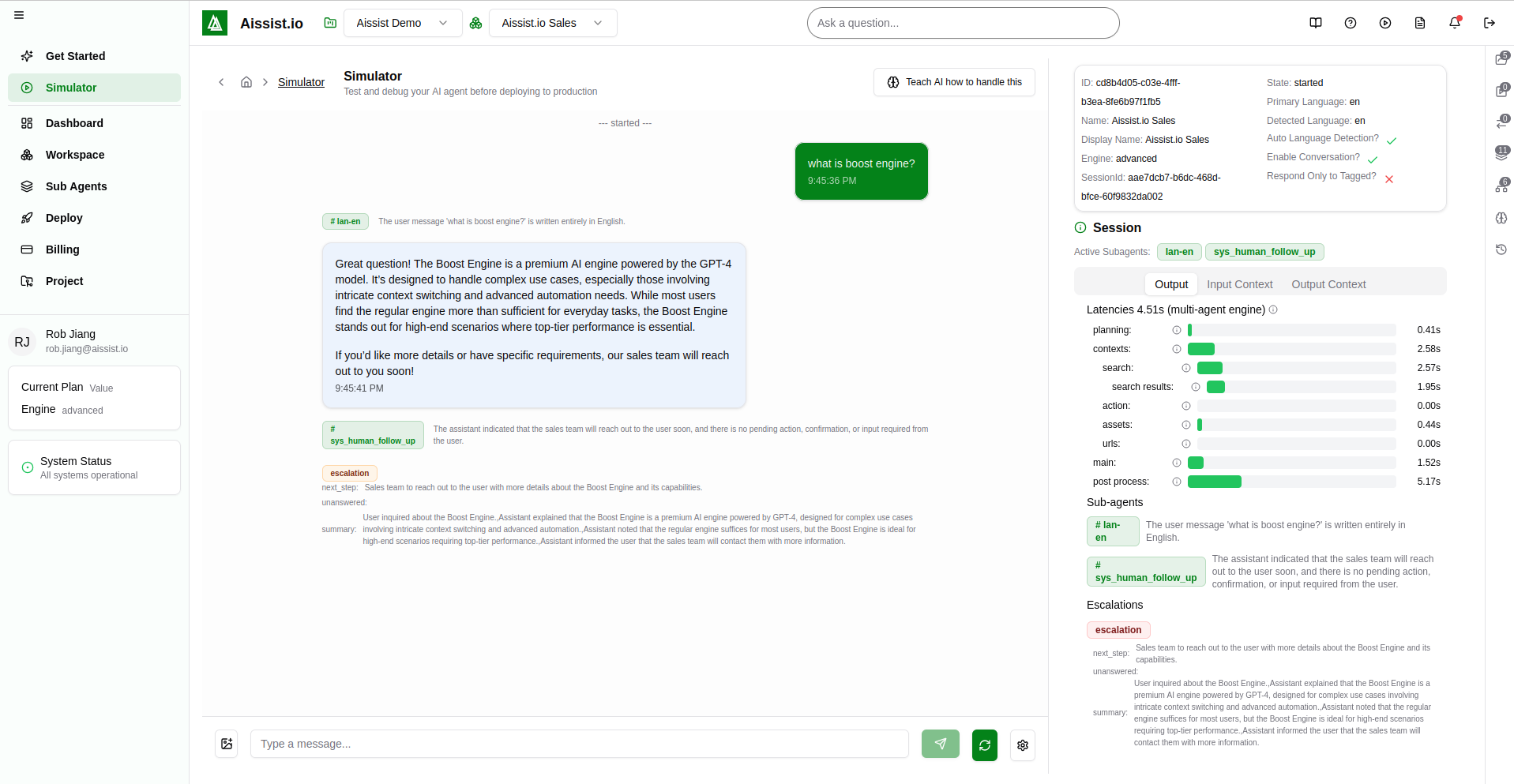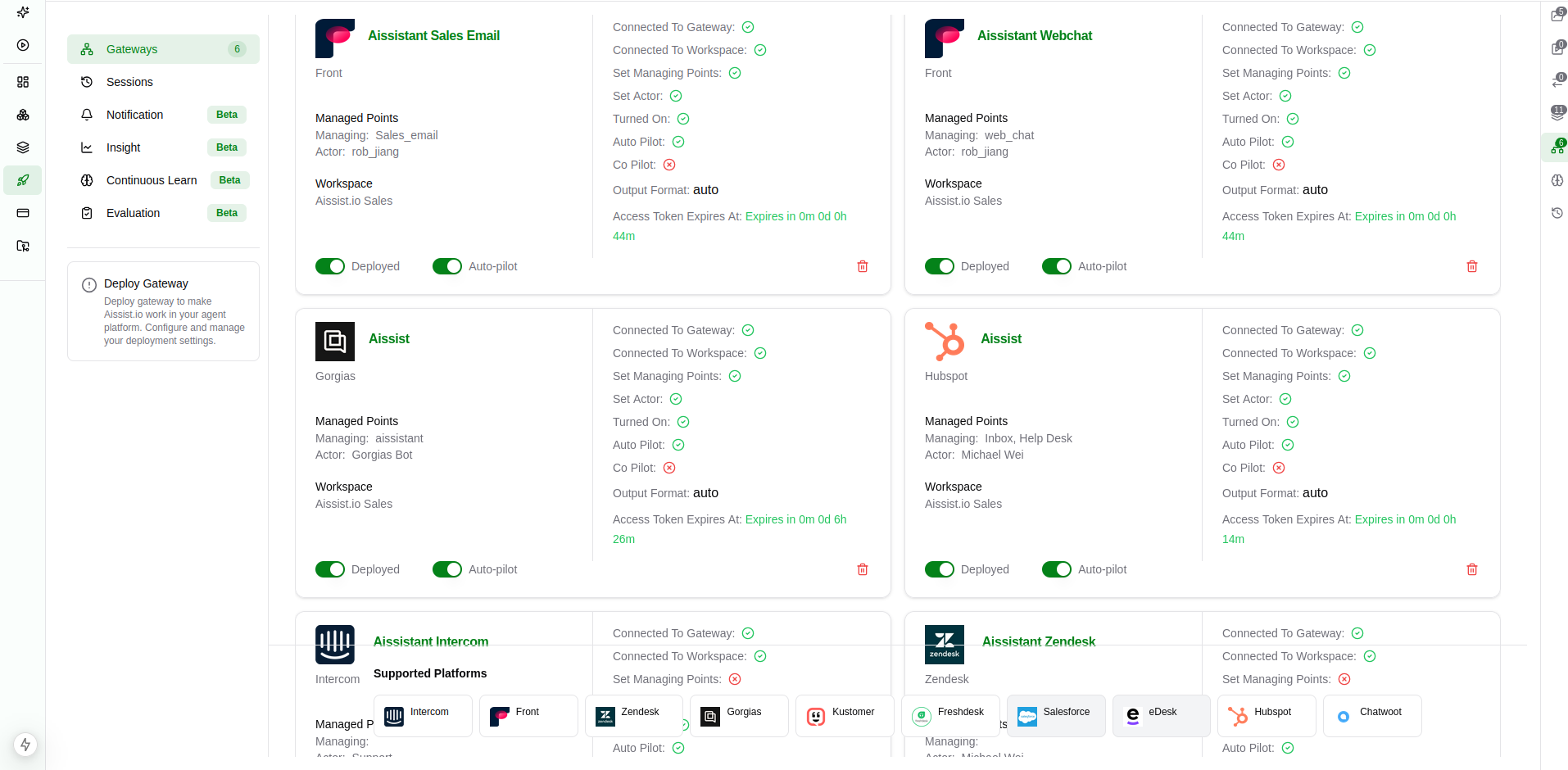Many AI projects begin with great excitement but often end in disappointment. Does that resonate with your experience? If so, read on.
I vividly remember the first time I saw Boston Dynamics’ Atlas in a video—it was jaw-dropping, like watching a scene from a sci-fi movie come to life. (If you haven't seen it, I highly recommend looking it up.) A year later, I was fortunate enough to visit Boston Dynamics in person and witness Atlas firsthand. Over the following years, I had opportunities to see its progress up close. And while the technical evolution was undeniably impressive, seeing it outside the curated lens of a video revealed its limitations when faced with the messy unpredictability of real-world conditions.
This isn't a critique of Boston Dynamics—they are doing phenomenal work. Rather, it's a reflection on how initial amazement often fades when complexity sets in.
A similar pattern plays out when businesses adopt AI. Early experiments are simple, expectations are low, and results often exceed what people anticipate. But as ambitions grow and complexity increases—more edge cases, more scenarios, broader scope—performance often degrades. Along with it, confidence and trust in AI erode.
So, how do we break this cycle? Multi-Agent Architecture
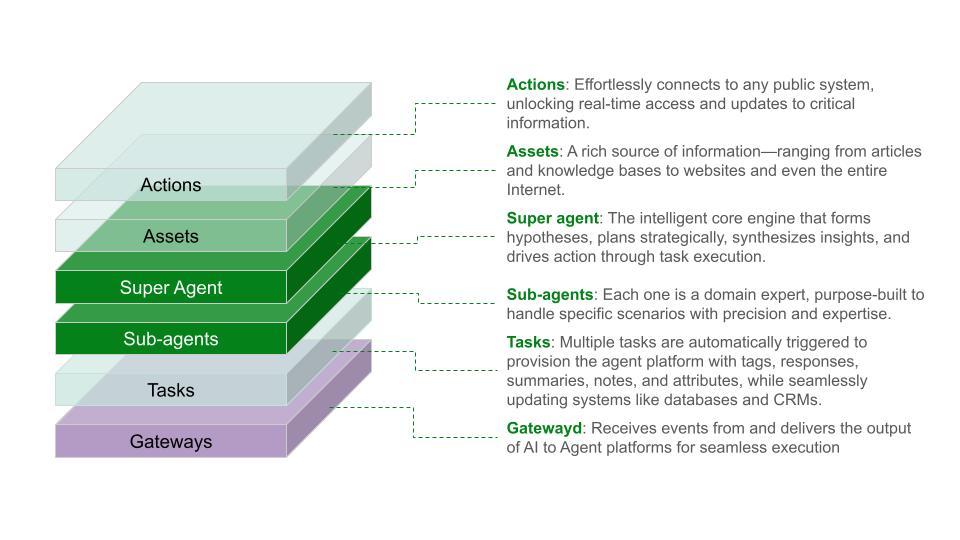
Divide complex scenarios into smaller, manageable domains and assign dedicated sub-agent to each one. These sub-agents then work collectively together to form a “super agent” capable of solving problems without lost in the complexity. That’s the approach we’ve taken—and it's working. We now resolve, on average, 80% of cases, compared to the industry average of 40–50%.
Here are the key benefits of multi-agent architecture:
1. Specialized Expertise Each sub-agent can be optimized for a specific domain or task type, leading to higher accuracy and better performance compared to a single "jack of all trades" model. Just as human teams benefit from specialized roles, AI systems work better when responsibilities are clearly divided.
2. Scalable Complexity As business needs grow more complex, new sub-agents can be added without disrupting existing ones. This modular approach allows for graceful scaling without the performance degradation typically seen in monolithic systems.
3. Better Error Handling When one sub-agent encounters difficulty, others can compensate or take over. This redundancy creates resilience and prevents complete system failures. It's similar to how a human team can adapt when one member is struggling with a particular challenge.
4. Transparent Decision Making The interactions between sub-agents create an audit trail that makes it easier to understand how decisions are made. Rather than a black box approach, you can trace exactly how different components contributed to the final outcome.
5. Efficient Resource Usage Only the necessary sub-agents are activated for each task, optimizing computational resources and reducing costs. This is more efficient than running a large, general-purpose model for every interaction.
6. Continuous Improvement Individual sub-agents can be updated or replaced without affecting the entire system. This allows for incremental improvements and makes it easier to incorporate new capabilities as they become available.
7. Natural Collaboration The multi-agent approach mirrors how human teams work, making it easier to integrate with existing business processes and workflows. Sub-agents can seamlessly hand off tasks to human operators when needed.
These benefits combine to create a system that maintains high performance even as complexity increases—breaking the typical cycle of diminishing returns in AI implementations.

